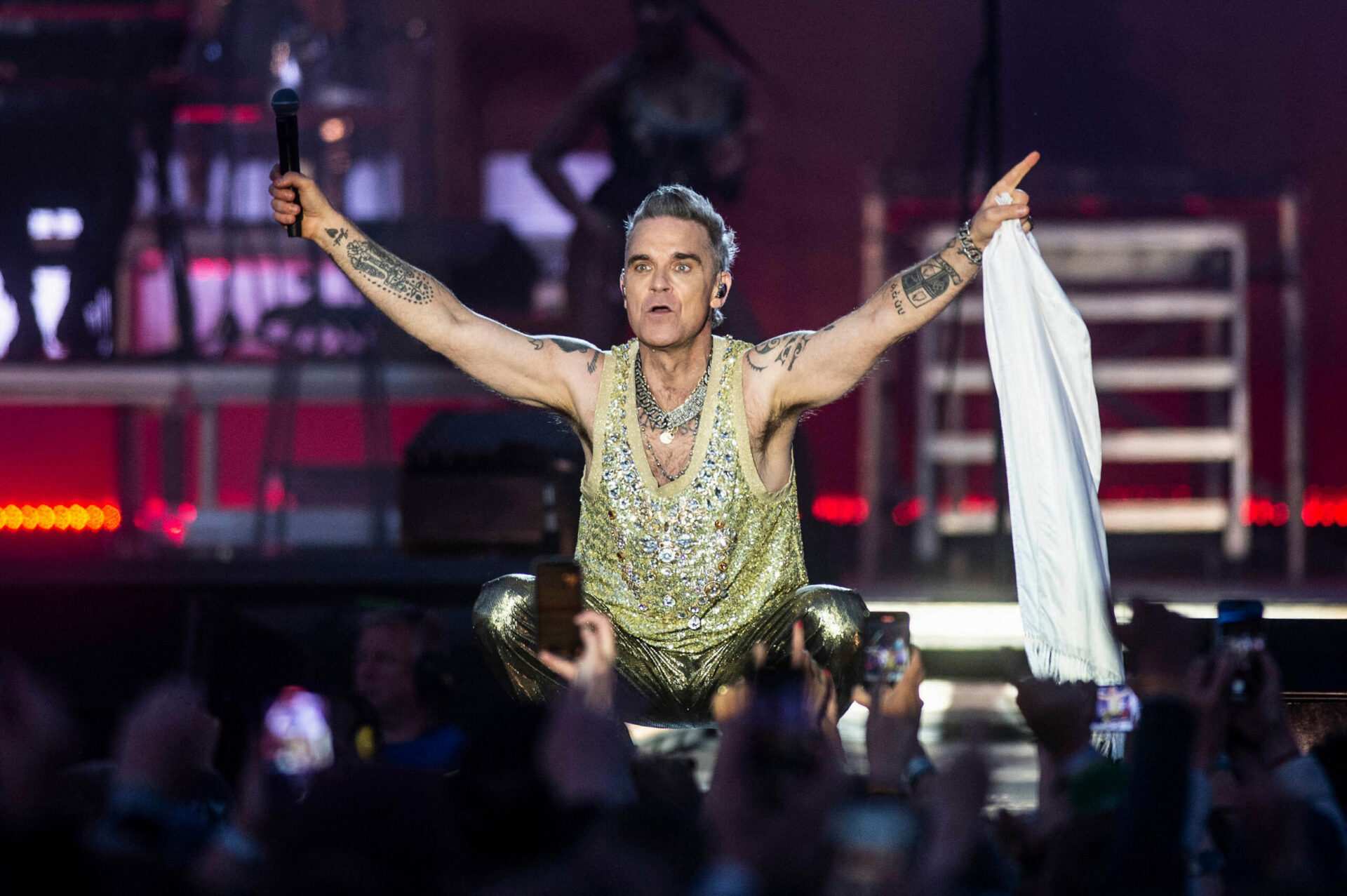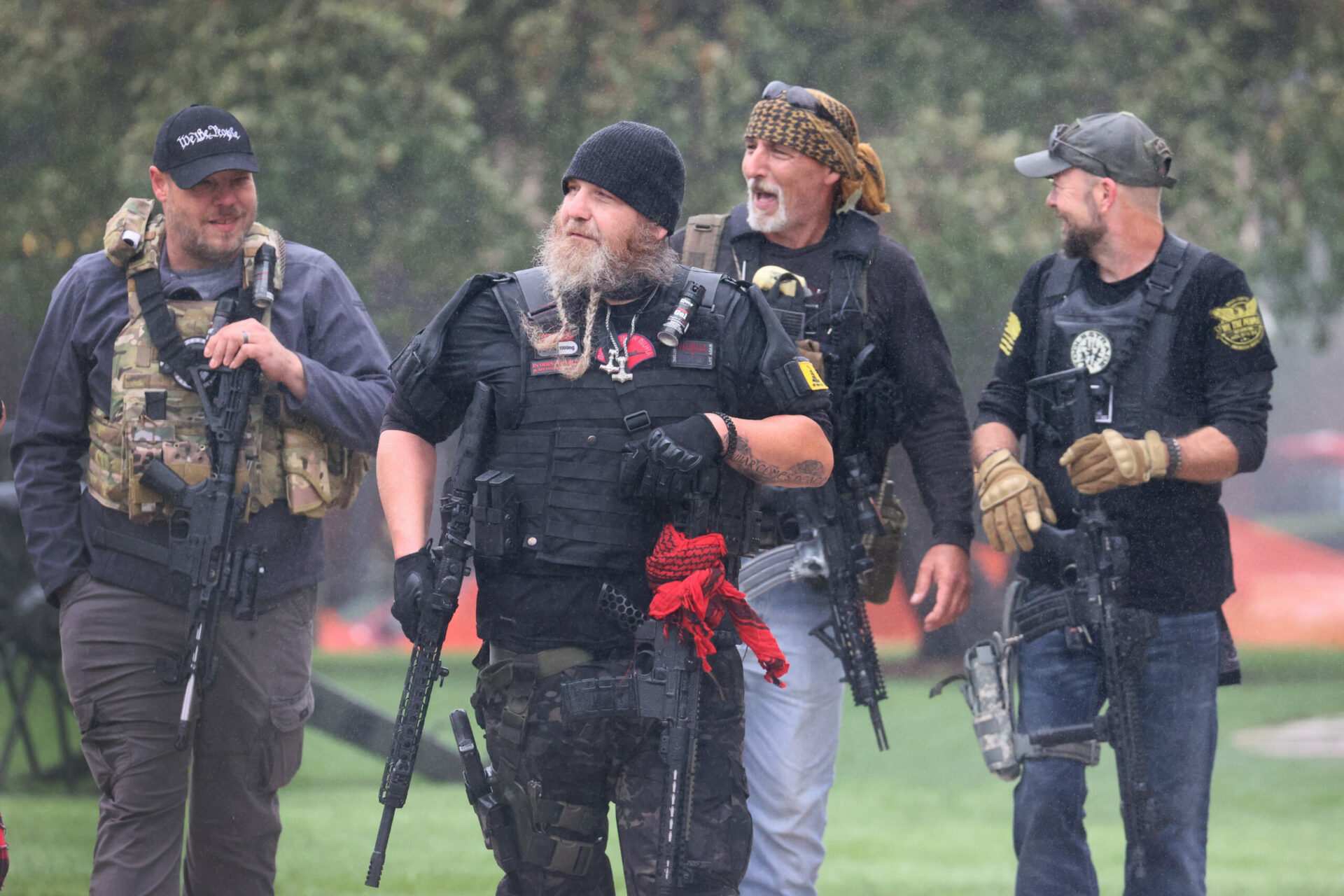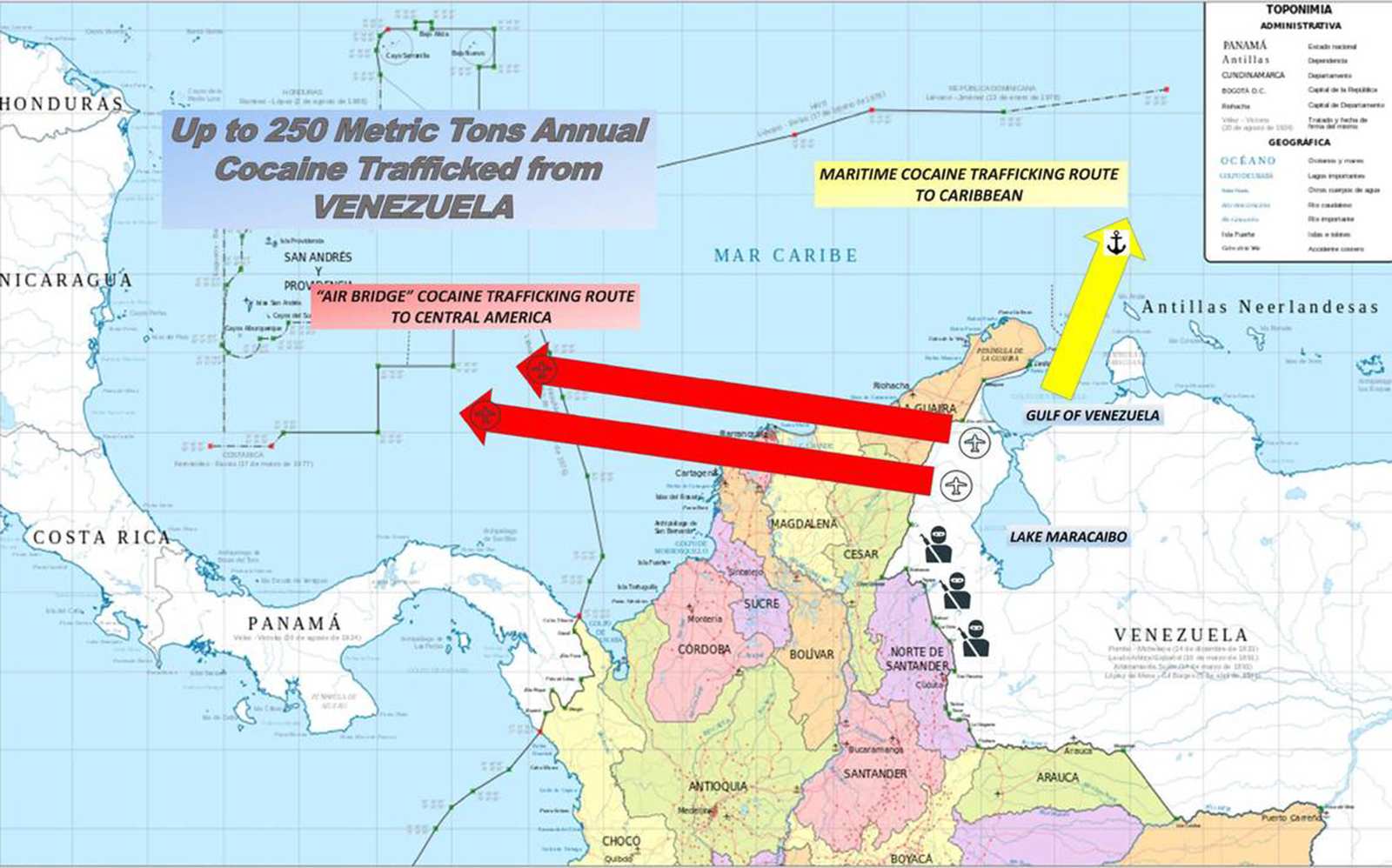The trial of Carlos Orense Azocar, the accused Venezuelan drug lord extradited to New York last year, is set to begin next Monday, with U.S. officials charging the businessman of partnering with leftist guerrillas and high-ranking officials of the Nicolas Maduro regime to export up to one ton of cocaine a week.
According to prosecution documents in the Southern District of New York, Orense, alias “El Gordo” — the Fat Man — worked in conjunction with members of the so-called Cartel de Los Soles and of the Fuerzas Armadas Revolucionarias de Colombia (FARC) guerrillas to send boats and planes laden with cocaine to Central America and transshipment points in the Caribbean, with the United States as their ultimate destination.
“For more than a decade, the defendant worked with other large-scale drug traffickers in Venezuela and elsewhere to import tens of thousands of kilograms of cocaine into the United States,” a motion filed by prosecutors said. “To accomplish cocaine distribution on this massive scale, the defendant partnered with and bribed high-ranking Venezuelan military officers who protected and facilitated the transportation of his cocaine loads through Venezuela.”
Orense, who was arrested in Italy in May 2021, was extradited a year later to New York to face drug charges. U.S. officials in charge of investigating drug-trafficking operations out of Venezuela told the Miami Herald at the time that Orense was believed to be one of the most important actors in the Cartel of the Suns’ operations.
According to the motion, Orense worked closely with a high-ranking member of the Venezuelan Directorate of Intelligence and Prevention Services, identified as “CC-1” — short for co-conspirator 1 — and with the head of the Venezuelan Directorate of Military Intelligence, identified as “CC-2.”
Drugs proceeds, described as huge in one of the documents, were later laundered through a U.S.-based “Company-1” which is wholly owned by a Venezuelan state-owned “Company-2”.
Zachary Margulis-Ohnuma, lawyer for Venezuelan General Hugo Carvajal, who also faces drug charges in New York, said that the Orense court document makes it obvious that CC-2 refers to his client, even he is not directly mentioned by name.
He also said that “Company-2” refers to the oil company Citgo and that the document alleges that Carvajal was responsible for the appointment of ‘’CC-4” (Luis Marín) as the U.S. refinery firm’s CEO in 2004. But the prosecutors are wrong, Margulis-Ohnuma told the Herald in an email.
“The prosecutors seem to allege in their motion papers that General Carvajal and an unnamed drug trafficker ‘arranged the rise’ of Luis Marin to CEO of Citgo in 2004, but one page later they refer to the same person becoming CEO after a meeting with drug traffickers in 2005. Either way, the government is wrong: General Carvajal had nothing to do with corporate decisions at Citgo and never met Luis Marin until years later,” Margulis-Ohnuma said .
The government’s motion also appears to say, the lawyer continued, that Carvajal was present at a party at Marin’s ranch in Venezuela that was attended by drug traffickers and where money laundering was discussed.
“That allegation is false. General Carvajal did not attend any such party, which seems to be a figment of the imagination of one of the DEA’s witnesses,” he said.
According to the charges, Orense owned and operated a series of cattle ranches in in Venezuela where he stored tons of cocaine that he would send north bound for the United States. To protect his shipments, he employed teams of armed security, one of which was led by ‘”CC-5,” who provided great detail about the operation to prosecutors.
“CC-5 was present for dozens or hundreds of conversations between the defendant and his associates… regarding large-scale cocaine trafficking. These business associates included Venezuelan officials such as CC-1 and CC-2, in addition to Venezuelan drug traffickers such as [“CC-6”]. When CC-5 worked for the defendant, the defendant purchased massive quantities of cocaine from sources of supply located in or around Colombia and Venezuela,” the prosecution document says.
Orense then facilitated the transportation by airplane and boat of the cocaine through Central America and Mexico, as well as through the Caribbean, including the Dominican Republic, the British Virgin Islands and Puerto Rico, so that the cocaine could be imported into the United States.
“On average, CC-5 recalls that the defendant distributed approximately one ton of cocaine each week, for approximately ten months of the year, not during the end of the year’s holidays — or 40 tons of cocaine per year,” the document says.
According to information provided by CC-5, drug-laden planes from Colombia landed in airstrips near the Venezuelan border, while security armed with AK-47 rifles stood guard, some of the wearing uniforms from the Venezuelan military.
At times CC-5 said he observed FARC members at these landing strips. Once inside Venezuela, the shipments were taken into a number of cattle ranches inside that had private airstrips. These were controlled by Orense, who was responsible for storing and then sending the loads Mexico or Central America for ultimate distribution to the United States, the prosecution document says. At times, this was done through planes outfitted specifically for cocaine transportation, which had their seats removed to make room for additional fuel tanks to extend the aircraft flight time.
The document also claims that millions of dollars were paid to corrupt military officials to ensure the smooth running of the operation.
Orense “also engaged in massive corruption to ensure that his cocaine traveled through Venezuela without interference from the police.” One individual bribed was a general with the National Guard, identified as CC-3, the prosecution says.
“Around 2008 or 2009, the defendant, accompanied by CC-5 and other members of his security detail, met CC-3 at a restaurant in Valencia, Venezuela. At the restaurant, the defendant and CC-3 discussed money, and CC-3 appeared to be clearly dissatisfied about the topic of their discussion. The next day, the defendant directed CC-5 to bring two duffle bags from an associate’s house to CC-3; the defendant told CC-5 to make the payment because he did not want any more trouble,” the document stated.
“CC-5 understood this to be a reference to the prior day’s conversation. CC 5 retrieved the two bags, which were stuffed with $20 bills in U.S. currency and which CC-5 estimates contained several million dollars. CC-5 then delivered the money to four men in an official vehicle with a National Guard license plate,” it added.
Soon after, CC-3 helped Orense to deal with unexpected problems.
On one occasion when a truck carrying 1,000 kilograms of cocaine was stopped in a roadblock even though National Guardsmen had already been paid off. CC-5, who was escorting the convoy, called Orense who told him that CC-3 would call him right away. The general did and asked C-5 to put the National Guard officer on the phone. He did, and after a brief conversation the truck was allowed to proceed without inspection.
___
© 2023 Miami Herald
Distributed by Tribune Content Agency, LLC.









